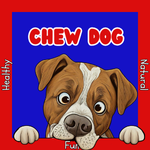What Bones Can You Feed Your Dog?

Table of Contents
In practice, anything can be dangerous for a dog. On average, they are as intelligent as toddlers and bones are dogs’ ultimate toys. They get excited (and thirsty!) and should be observed when enjoying them.
You should consider your dog’s personality, size and their tooth health, as well as the size of the bones you feed them, the animal they come from, where they are found on the animal, and how they’ve been processed.
The goal is for them to enjoy chewing and grinding the bone down gradually over time, rather than swallowing it whole or instantly breaking it into sharp, indigestible pieces.
How Your Dog's Personality Affects What Bones They Can Eat
Some dogs exhibit remarkable judgment. Some are maniacs. Where your dog sits on this spectrum is key to knowing if you can give your dog a bone.
Sensible dogs are often more cautious and may give you a chance to intervene if you need to. If your dog is a maniac that destroys everything in a second, has a powerful jaw, or swallows things whole then they’re unlikely to chew a bone safely. They may be safer with sized-up bone-free chews.


The Right Size Bone for the Size of your Dog
Even when products specify the size that doesn’t tell you the whole story. The weight of your dog is relevant to the size of the chew you need but it’s only a guide. The size of their mouth is more important for safety. Your dog may weigh 40kg but have a narrow mouth, or weight 15kg and have the mouth of a hippo.
Since your dog should never have a bone that it could swallow whole, purchase bones (or any chew) at least one size up if you have a wide-faced wonder. Just remember to reward them less often to make up for the extra calories!
Bones and Dental Health
Bones can crack teeth so puppies, seniors, or any dog with tooth weakness need to be especially careful with hard bones. In better news, there are lots of soft bone alternatives and bone-free options available and many are good for dental health.
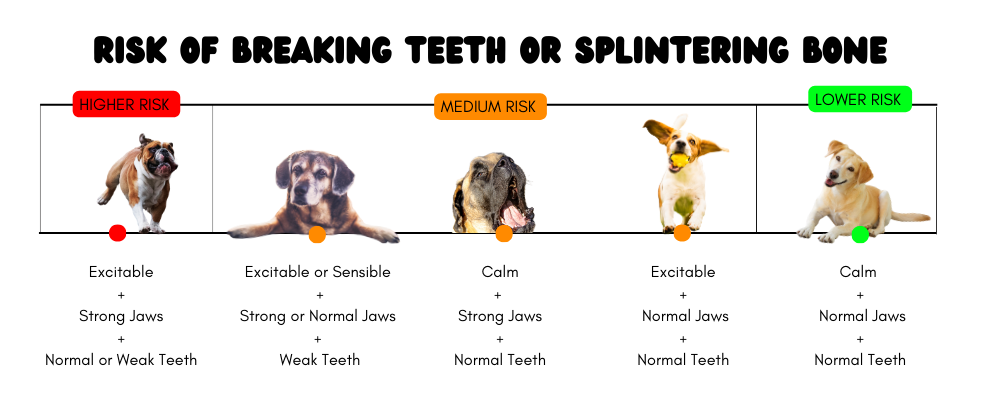
Location of the Bones and the Animal They Come From



Your dog may be fine with one bone but not another. Weight-bearing bones like knuckles, knees, legs and trotters, from heavy animals are harder and therefore less likely to splinter than non-weight-bearing bones, but this hardness also makes them more likely to break teeth. Cows, buffalos, pigs, and ostriches are all heavy animals with hard, weight-bearing bones.
Non-weight-bearing bones and any bones from lighter animals are softer and less likely to break teeth, but more prone to splintering. Beef ribs, any poultry bone, lamb bones, and even roe deer legs (deer aren’t always as heavy as you think- they are often lighter than lambs) are all non-weight bearing or come from lighter animals.
There are some exceptions to this rule: Usually anything from a heavy animal that’s weight-bearing but labelled as ‘small’ should be treated as a non-weight-bearing/ light animal bone. Similarly, if a non-weight-bearing bone from an animal that’s usually light is labelled as ‘medium’ or ‘large’, treat it as a weight-bearing-bone. Pigs, beef, and deer bones are the most likely to be labelled with these variations.

Cooked vs Raw vs Dried Bones

Cooked
The scraps from your meal are not a reward for your dog. Cooked bones are the most dangerous type of bones, being more brittle and likely to splinter than raw or dried bones from the loss of collagen in the cooking process.
Raw
Raw bones are the healthiest bones in some senses; they are the least likely to splinter and retain the most nutrients, having no moisture loss or exposure to heat. In other senses, air-dried can be healthier. Raw bones remain unprocessed, preserving the blood, meat, and bacteria naturally present on the bones, resulting in a messy and unhygienic toy that needs to be disposed of within hours.
Warning: If you choose to feed raw bones to your dog you must thaw them thoroughly first to avoid tooth damage and stomach upsets.
Dried
There are two types of dried bones: Air-dried and dehydrated.
Dehydrated bones are prone to splintering, as they have been exposed to some heat during the dehydration process. Heat makes the bones more brittle so that they splinter rather than slowly crumble.
Air-dried bones can still splinter but are a safer bet than dehydrated or cooked alternatives. Air-dried products are dried slowly and without heat or additives, decreasing the chances of splintering, while still being healthy, hygienic and long-lasting.
There are a lot of factors to consider but the key is knowing your dog’s personality and when to step in if a bone splinters or your dog gets overexcited. Still confused? Take our quiz to find the best chew for your dog.
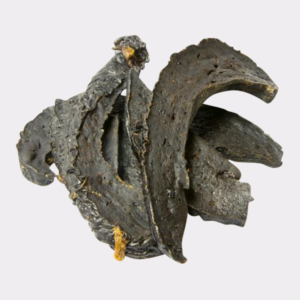
Dried Liver Strip
£1.50
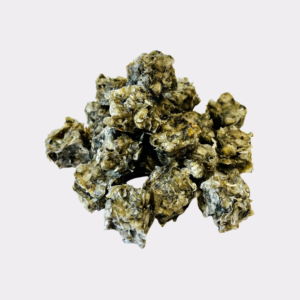
Fish Skin Cube
£0.50
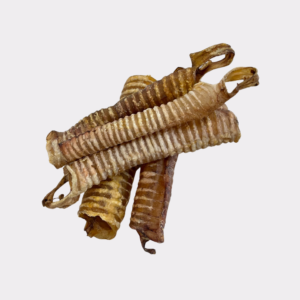
Long Trachea
£3.50
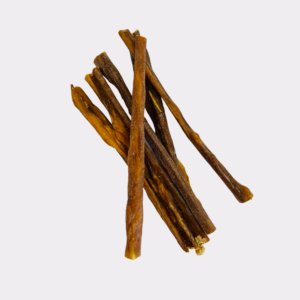
Beef Spaghetti
£0.75

Goat Skin
£0.50

Rabbit Ear with Fur
£0.60
From Farm to Fido: Easy Ways to Minimise your Dog’s Carbon Paw Print
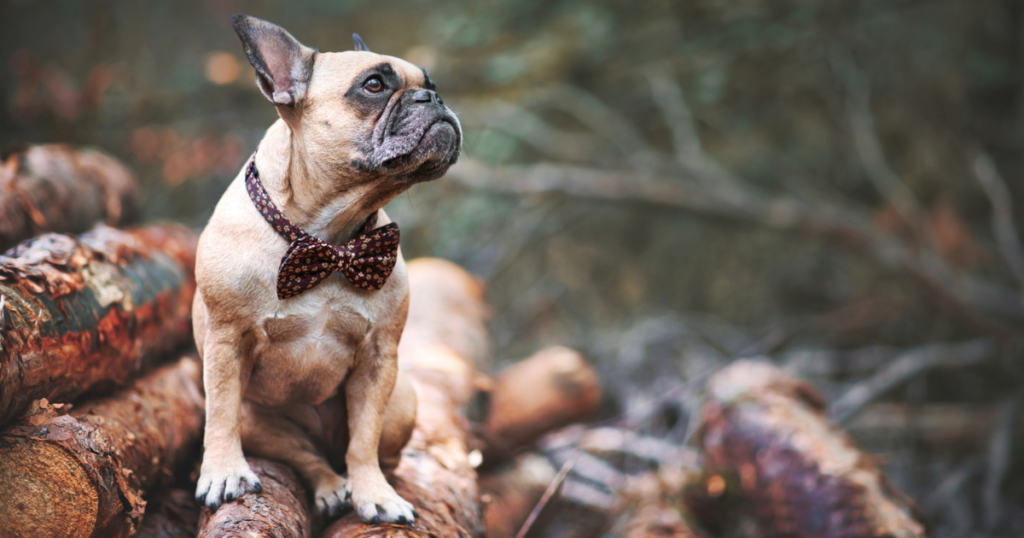
How to Enterain an Injured Dog
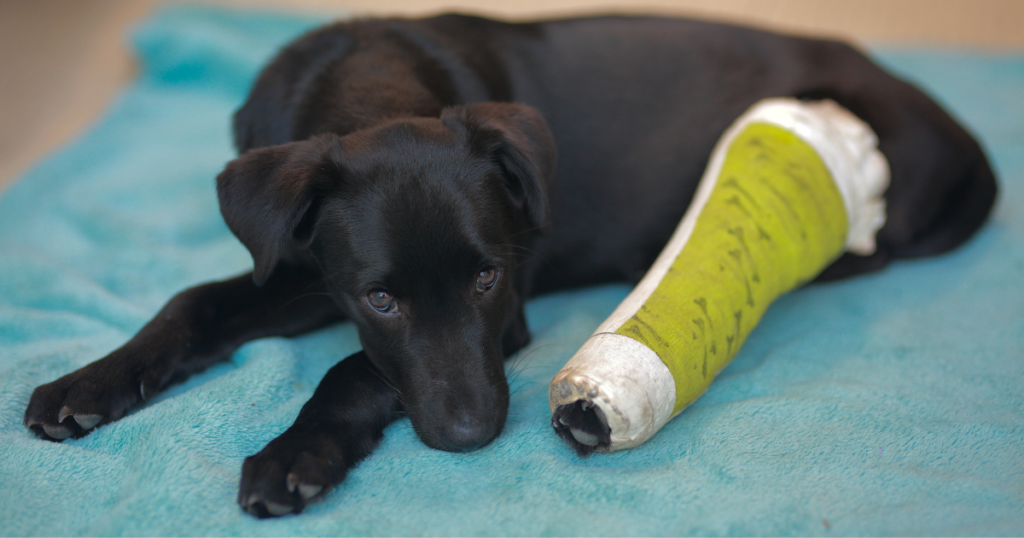
What to Teach your Dog First

Antlers, Horns, and Hooves for Dog’s
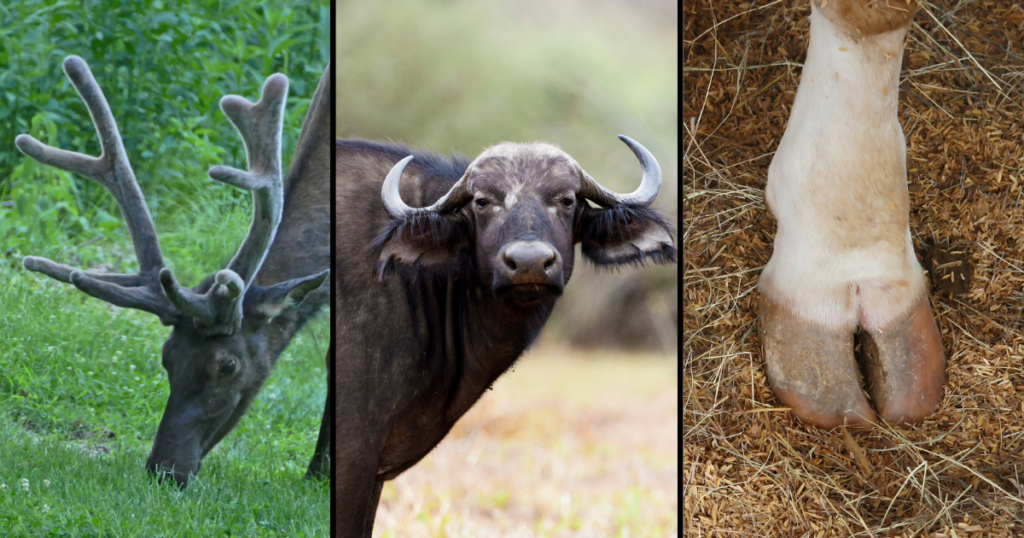
What Bones Can You Feed Your Dog?

